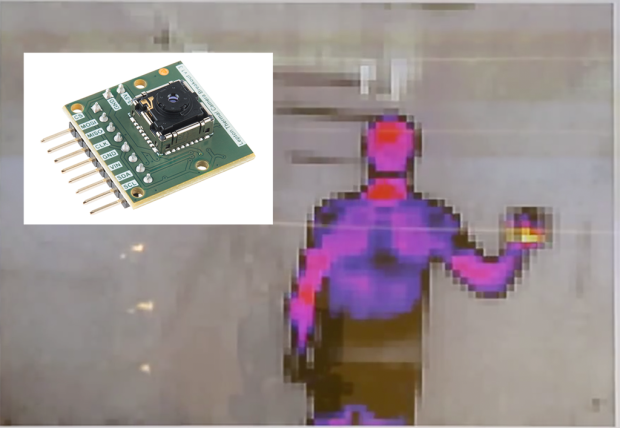Will 3D printing become widely adopted? WinSun believes it will. They have just finished a 5 story 3D printed building at the Suzhou Industrial Park in China. Their printer uses a patented “ink” of recycled building material and quick setting concrete. Although 3D printed buildings have been proposed by a number of different groups, WinSun is perhaps the most advanced. They say the Egyptian government has already ordered 20,000 of the single-story houses.
Many 3D printing concepts for buildings have focused on printing the structure of the building. But for residential buildings, this can be as low as 20% of the entire cost of the building. The greatest efficiency gains from 3D printing will occur when the plumbing, wiring, appliances and finishes can be printed along with the structure. The size of buildings built by WinSun are impressive, but the coarse layers used by their printer show they are a long way from printing the whole building.
http://www.citylab.com/housing/2015/01/china-built-giant-apartment-with-3d-printer/384948/


